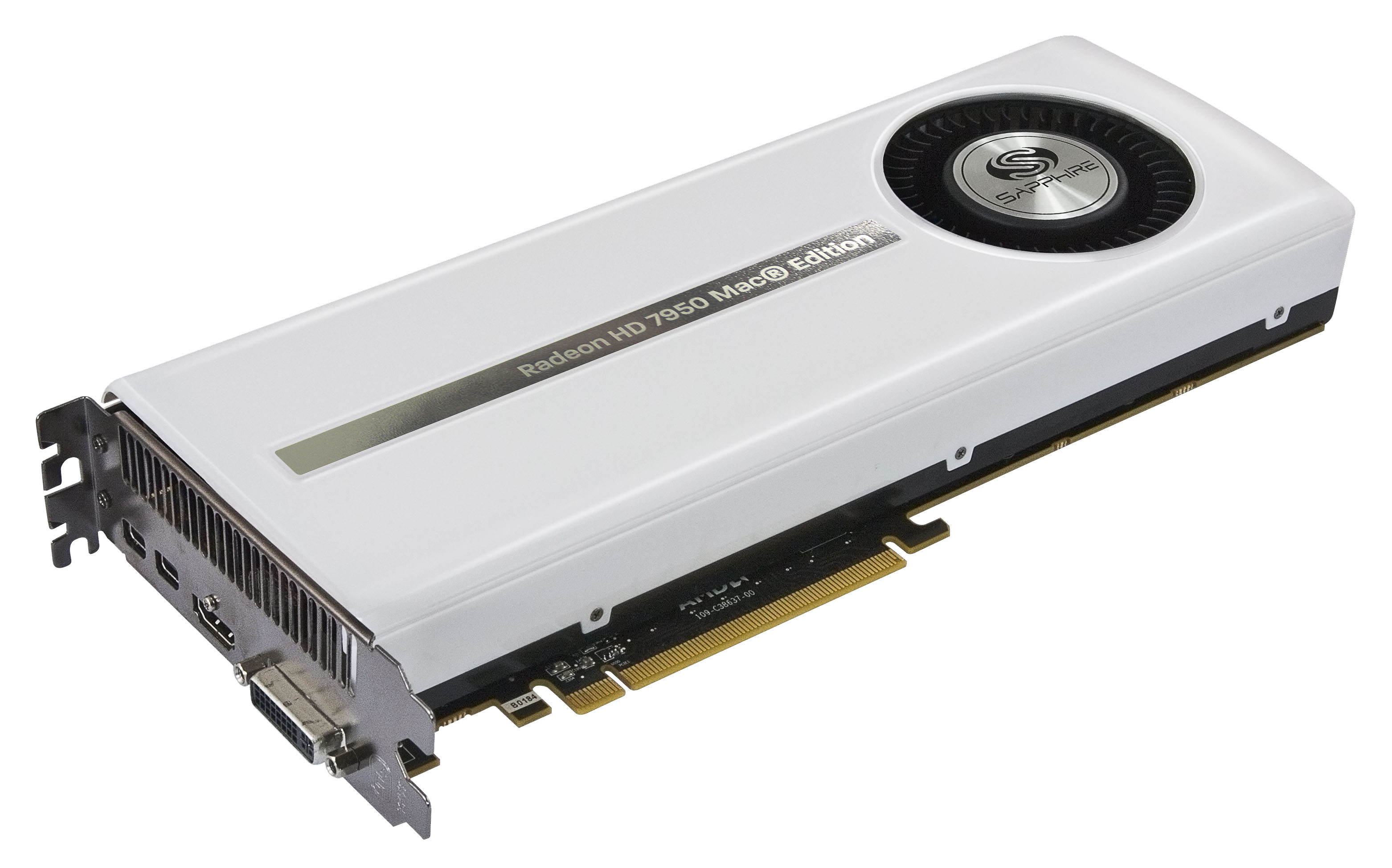
Quadro & GeForce macOS Driver Release 367.15.10.35
| ||||||||||||
Apple optimise macOS and update the drivers themselves to deliver the most stable, safe operating environment for your Mac. Warning – Ever since updating to macOS Sierra 10.12 and the current 10.12.1, NVIDIA’s drivers are causing my Mac to kernel panic. If you choose to update PLEASE understand what you are doing and how to reverse it. Nvidia Quadro & GeForce Driver 387.10.10.10.40.138. Easy to use installer and updater driver package for Nvidia Quadro and GeForce graphics cards desi. Jul 19th 2020, 09:37 GMT. Mac OS X driver installer for the Canon imageCLASS LBP6000 laser printer that offers you the possi. In order to run Mac OS X Applications that leverage the CUDA architecture of certain NVIDIA graphics cards, users will need to download and install the 6.0.51 driver for Mac located here. New in Release 334.01.03f09: Graphics driver updated for Mac OS X Mavericks 10.9.5 (13F1712). Mac OS Language: English (U.S.) File Size: 39.7 MB Download Now Release Highlights. New Release 387.128. CUDA driver update to support CUDA Toolkit 9.1, macOS 10.13.3 and NVIDIA display driver 378.10.10.10.25.156; macOS CUDA driver version format change; The macOS CUDA driver version now uses the format xxx.xx compare to x.x.x to be consistent. Supported MAC OS X 10.11.x 10.10.x 10.9.x. An alternative method to download the latest CUDA driver is within Mac OS environment. Access the latest driver through System Preferences Other CUDA. Click 'Install CUDA Update'.

Note:
If you are logged in as a Guest or Standard User, you cannot install the driver. Some organizations do not allow users to regulate what they install and manipulate system and application settings. Contact your system admin for help with installing the driver in such a situation.
Nvidia Drivers For Mac Os X
| Versions | |
| Operating system | macOS 10.13.6 (most recent version of High Sierra) macOS 10.14 (Mojave) and later does not currently support CUDA so do not upgrade beyond macOS 10.13.6 if CUDA support is required. |
| Premiere Pro version | Premiere Pro version 13.1.x or earlier. Starting with Premiere Pro 14.0, CUDA is no longer supported. If you have an Apple supplied NVIDIA GPU, you can use the Metal Renderer. For more information, see Changes to GPU and DV/HDV support in Premiere Pro on macOS. |
| GPU | Current NVIDIA GPU with at least 4 GB of memory |
| Display driver | NVIDIA display driver version 387.10.10.10.40.105 or late |
- Create a backup of your boot volume. For more information, see Back up your Mac with Time Machine.
- Identify your NVIDIA GPU make and model before downloading the appropriate driver.

Nvidia Drivers Mac Os 10.14
Close all running Adobe applications before proceeding.
You must update the NVIDIA display driver before updating CUDA. Check your macOS build number and download the corresponding driver, using the following table.
macOS build numbers Driver versions macOS 10.13.6 High Sierra (17G8030) 387.10.10.10.40.130 macOS 10.13.6 High Sierra (17G7024) 387.10.10.10.40.128 macOS 10.13.6 High Sierra (17G6030) 387.10.10.10.40.127 macOS 10.13.6 High Sierra (17G6029) 387.10.10.10.40.123 macOS 10.13.6 High Sierra (17G5019) 387.10.10.10.40.122 macOS 10.13.6 High Sierra (17G4015) 387.10.10.10.40.113 macOS 10.13.6 High Sierra (17G3025) 387.10.10.10.40.108 macOS 10.13.6 High Sierra (17G65) 387.10.10.10.40.105 Open the downloaded PKG file to begin installation.
Restart your machine when installation is complete, even if the setup does not prompt you to do so.
After the display driver is updated, use download the qualified CUDA installer DMG from this location.
Open the downloaded DMG and double click the CUDADriver.pkg file to begin installation.
When installation completes, restart your machine even if the setup does not prompt you to do so.